Blanketed with a thin mist, the chilly morning air greeted us as we made our way into our private coach that would take us through the winding roads of the hilly Cappadocia region. A UNESCO World Heritage site, Cappadocia is laced with some of the world’s most stunning geological anomalies called “fairy chimneys”.
With unusual landscapes on both sides of the road, it was hard not to visualise the valley as a scene from a lunar landscape photo. These large pointy or mushroom-shaped cones made from solidified ash spewn from volcanoes some 8000 years ago are generally found in the valleys of the Uchisar-Ürgüp-Avanos triangle, between Urgup and Sahinefendi, around the town of Cat in Nevsehir, in the Sogani valley in Kayseri, and in the village of Selime in Aksaray.
This solidified ash is known as tufa which was ideal for carving out homes, stables and places of worship many centuries ago during the middle ages. Cappadocia was inhabited as early as the Hittite era around 1800 to 1200 BC. Its history goes back in time with many different clans making the dusty terrain their home. It eventually became home to early Christians during the 4th century who sort refuge from the Romans. Today, many of these dwellings have been converted into museums, cave hotels or dovecotes. The strong winds in the valley and the mystical feel of the area make a visit to Cappadocia truly memorable.
Coming up in my next post, the extensive underground dwellings and monasteries with Byzantine frescoed paintings in cave chapels of the 7th century that have endured until current times in Kaymakli and Göreme.
The plains of Ürgüp
The fairy chimneys with caps, mainly found in the vicinity of Ürgüp, have a conical shaped body and a boulder on top of it. The cone is constructed from tufa and volcanic ash, while the cap is of hard, more resistant rock such as lahar or ignimbrite.
Uchisar Castle is situated at the highest point in Cappadocia, on the Nevsehir-Göreme road, just 5 km from Göreme. The top of the Uchisar Castle provides a magnificent panorama of the surrounding area with Mount Erciyes in the distance. Due to the erosion in places of this multi-levelled castle, it is unfortunately not possible to reach all of the rooms. Today, most of the rooms located on the north side of the castle are used as pigeon houses (dovecotes).
There are also many other pigeon houses in Pigeon Valley which connects Uchisar to Göreme. Farmers used these cave pigeon houses to collect the droppings of pigeons which act as an excellent natural fertilizer for the orchards and vineyards.
Tall and thicker fairy chimneys can be seen in Pasabag. Pasabag is also known also as Monks Valley since monks took refuge in these formations around the 4th and 5th century in the early period of Christianity. Pasabag Valley contains some of the most striking fairy chimneys in all of Cappadocia with twin and triple rock caps.
Our Turkish experience began when our tour guide picked us up from out hotel in Istanbul. We spent several days in this amazing country mesmerized by its history, culture, food, art and its people. We were greatly saddened when we had to leave its shores and promised to come back again for more. The articles that would follow are memories that would last us for a lifetime.
The fairy chimneys and cave dwellings make the plains of Cappadocia truly otherworldly and unique. Turkey is the only country that lies on two continents. It is seeped with rich history, tales of conquerors, inspired poets and writers over many generations, vibrant culture and a centre for two of the world major religions. It will continue to inspire current and future generations for many more aeons to come.

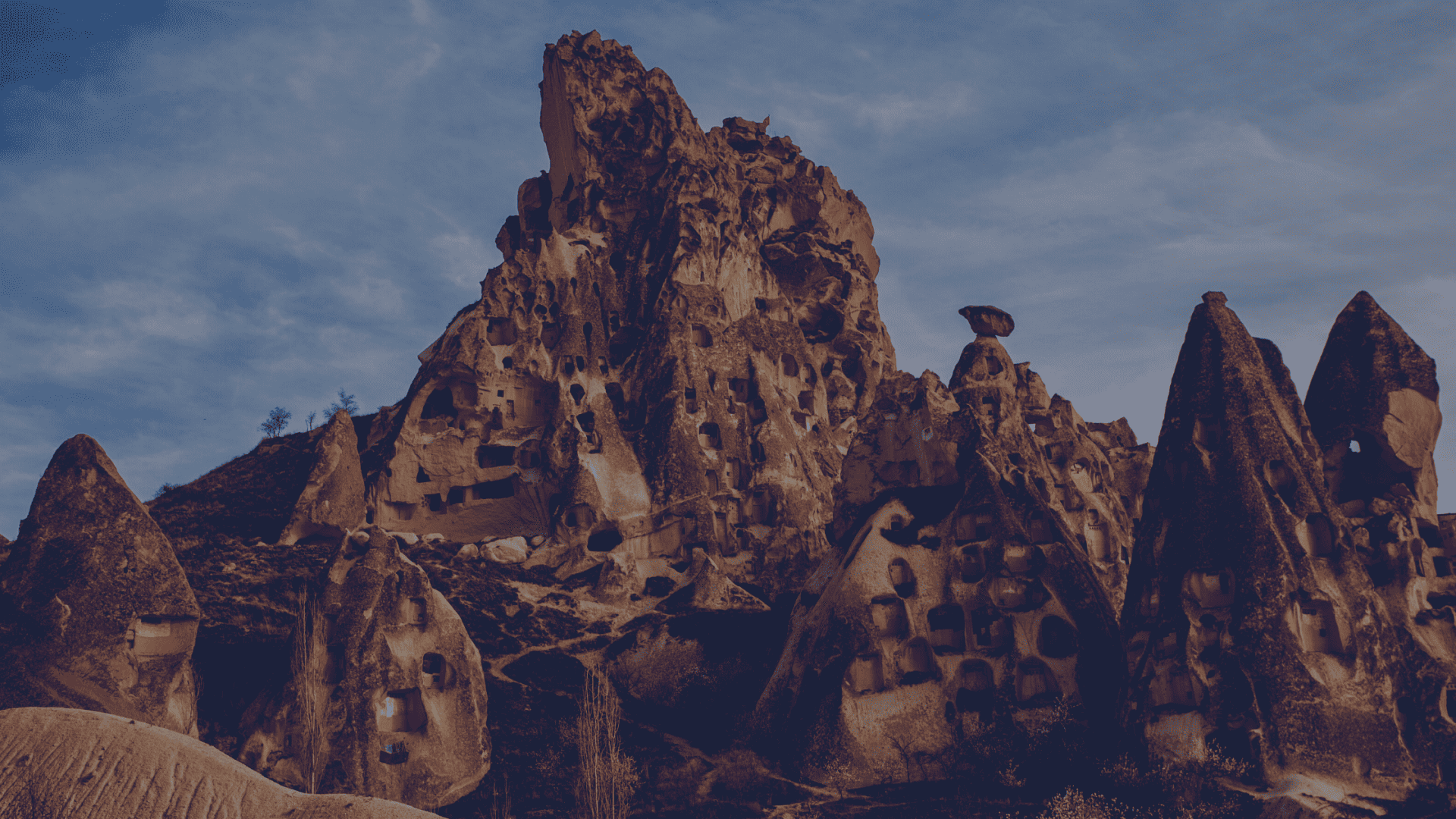
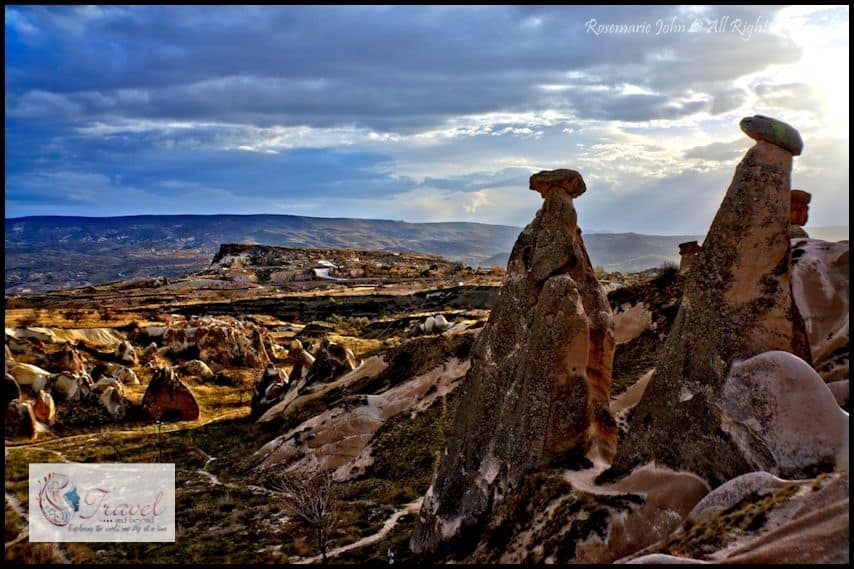
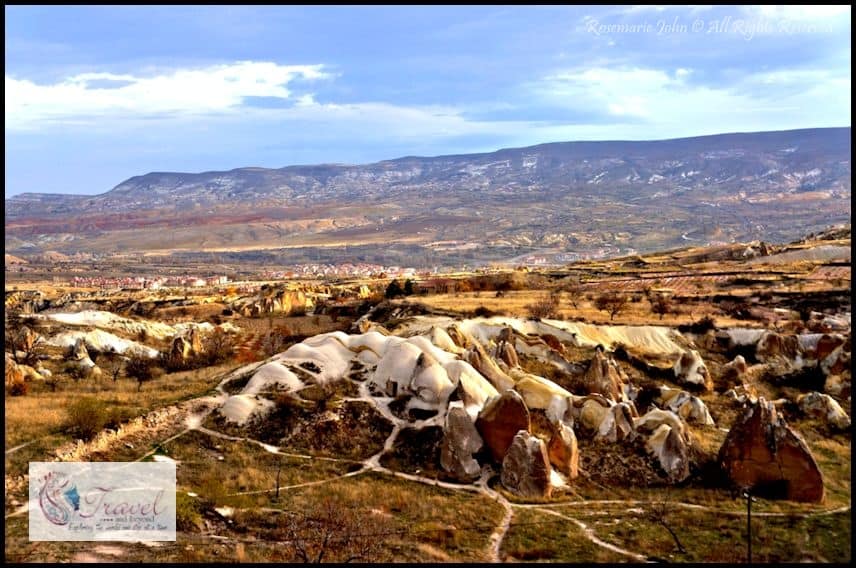

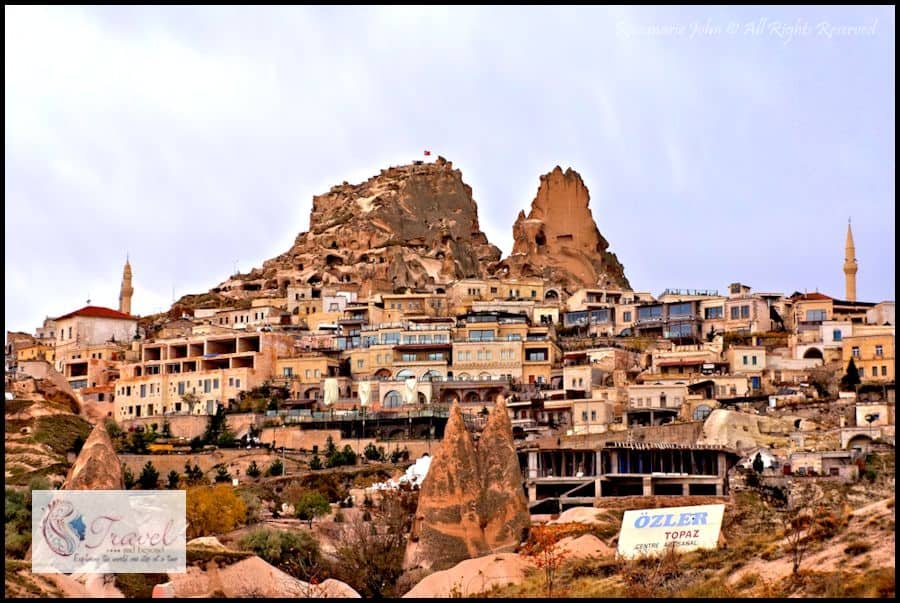
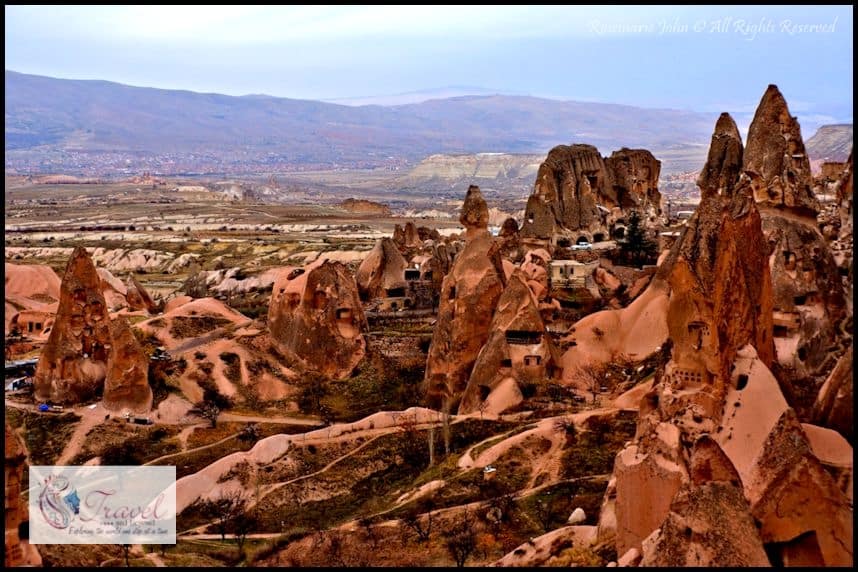
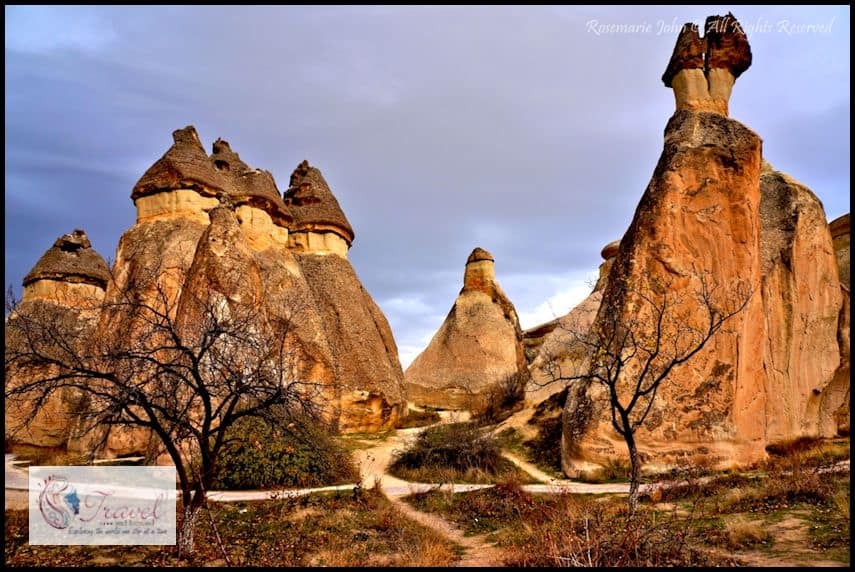
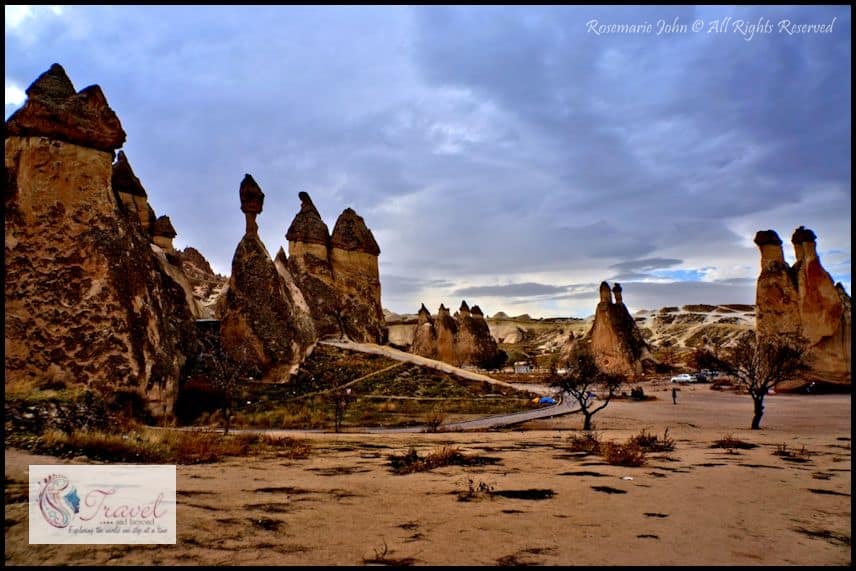



Awesome place.
Rosemarie, great photos – such an intriguing place. Also saw the disclaimer at the end and points to you for scoring readers a discount. I’ll keep that in mind if I get out that way this year.
Hi Maria, Turkey is truly full of mystic, history and intrigue – that’s for sure. I haven’t got my Tour Page up and running as yet, but it will be soon with all the tour details and discount information.
Some super pix. Many thanks Rosemarie. Cappadocia is one of my favourite places. Best wishes, Peter
Thank you Peter. I was always a dream to visit Turkey and it was even better getting to celebrate my birthday there.
Magnificent pictures! The fairy chimneys look magical. I am planning a trip to Turkey this year, so your post is truly helpful. Looking forward to reading about the discount offer for your readers! Great post!
Amazing photos! We’re not likely to make it to Cappadocia for awhile, but it’s one of our few remaining “must see” sights in the world. Such a fascinating landscape and I love the history of people living there.
It’s such a diverse place, even two days there wasn’t enough!
This was one of the highlights for me while I was in Turkey. Istanbul gets plenty of attention, but those who dig deeper have plenty of good times, and this is up there on the list of must-sees.
[…] the fairy chimneys of Cappadocia weren’t fascinating enough, a visit to the Göreme Open Air Museum and the troglodyte cave-cities […]